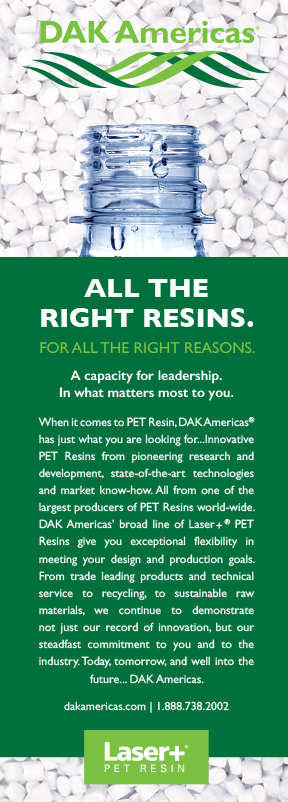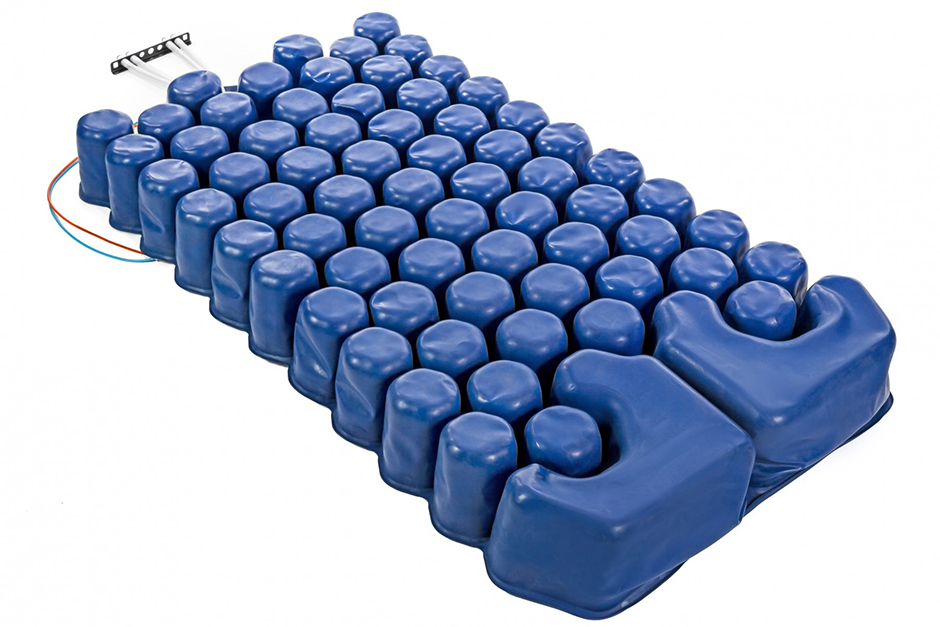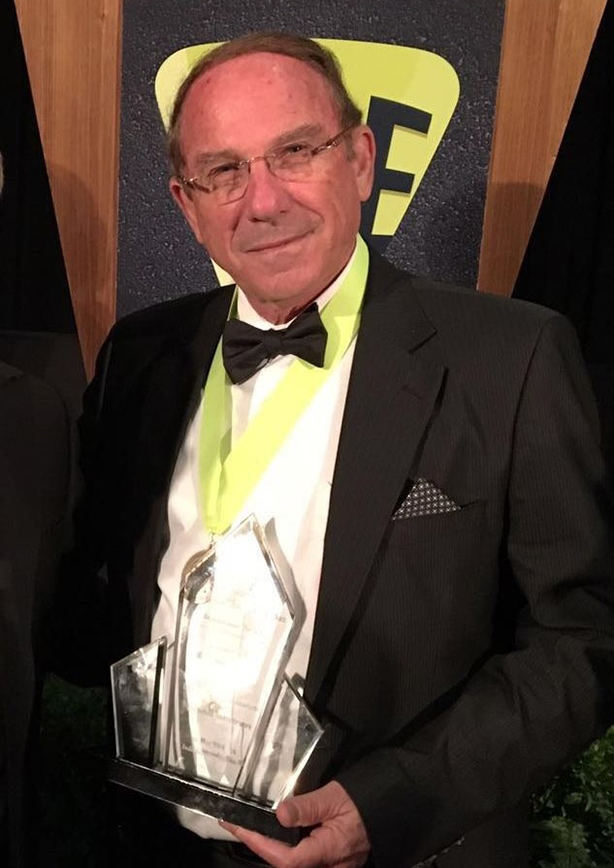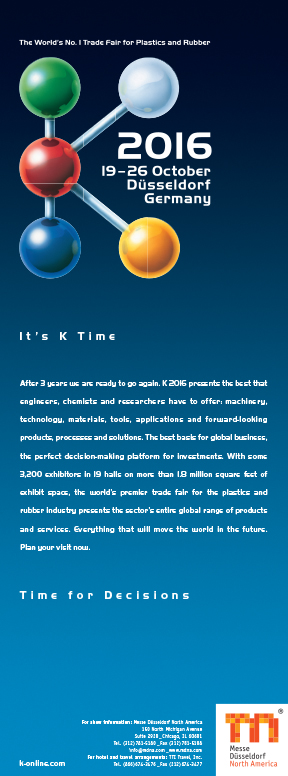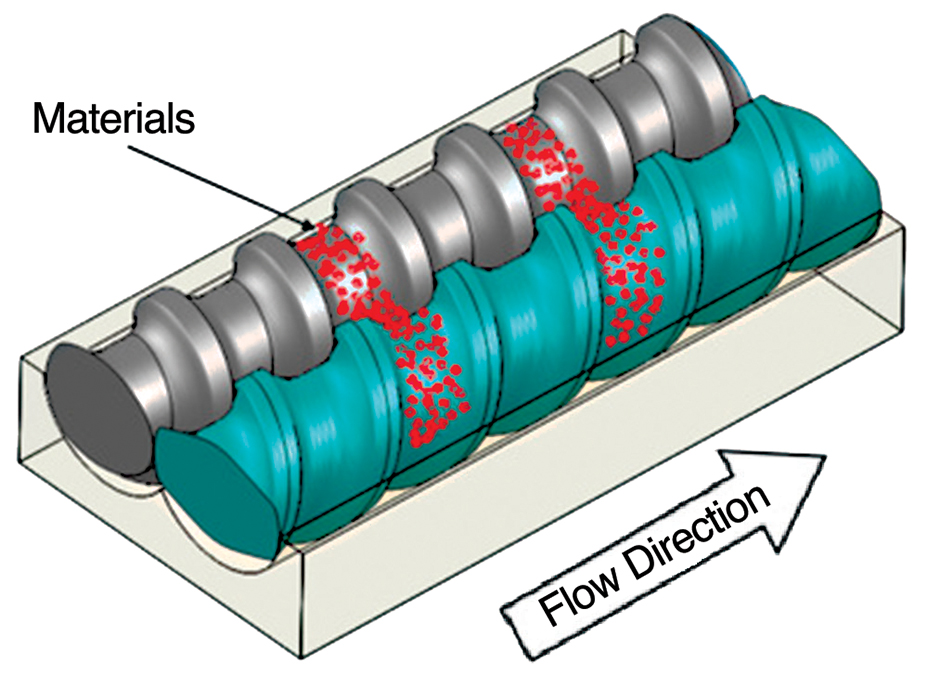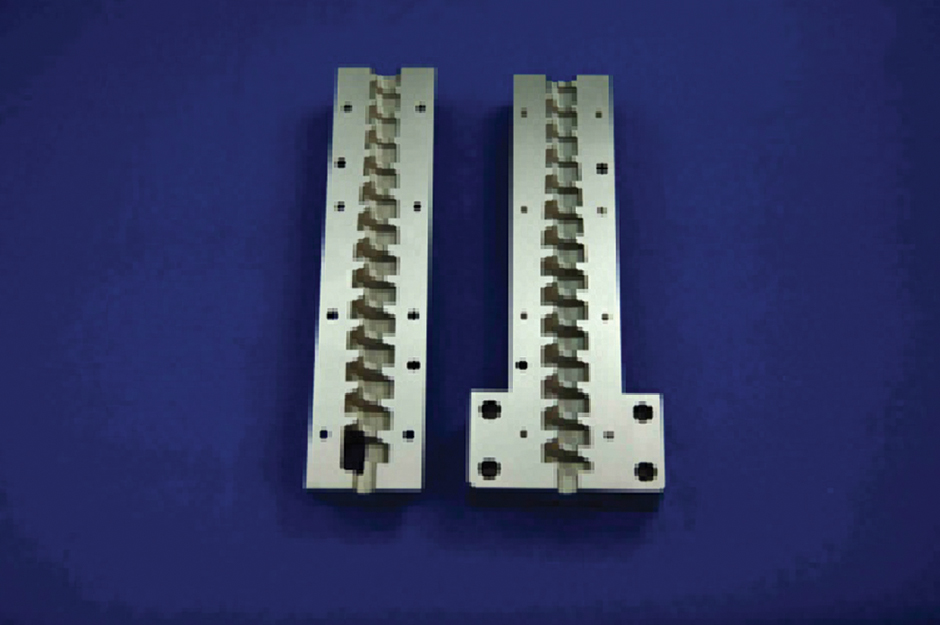Making (Three-Dimensional) Connections
ANTEC® Indianapolis 2016 demonstrated the many possibilities that remain for interactions between plastics professionals—in real time & space
Previous Article Next Article
By Mike Tolinski
Making (Three-Dimensional) Connections
ANTEC® Indianapolis 2016 demonstrated the many possibilities that remain for interactions between plastics professionals—in real time & space
Previous Article Next Article
By Mike Tolinski
Making (Three-Dimensional) Connections
ANTEC® Indianapolis 2016 demonstrated the many possibilities that remain for interactions between plastics professionals—in real time & space
Previous Article Next Article
By Mike Tolinski

Downtown Indianapolis played host to a successful ANTEC 2016 conference that drew nearly 1,400 attendees.

Downtown Indianapolis played host to a successful ANTEC 2016 conference that drew nearly 1,400 attendees.

Online networking can be effective, but there’s still something especially effective about networking in real life, at a real venue—in 3-D space, so to speak. The May 23-25 annual SPE ANTEC event—the largest technical conference on plastics of its kind—didn’t fail in drawing the industry’s key experienced and new professionals away from their office computer screens and into direct contact with each other.
The event attracted nearly 1,400 attendees, and some special events in Indianapolis catered to the concerns of people early in their plastics careers. Others put advanced process and product developments on display, including developments described in some 550 technical poster and paper sessions (some of which are summarized at the end of this article by Plastics Engineering writer and blogger Jan Schut). And concurrent with the ANTEC technical sessions, more than 75 industry companies occupied exhibits.
Past the Hype to an “Additive” Future
The “3-D” theme was also obvious in the way the conference put on display advancements in 3-D printing and additive manufacturing (AM) via comprehensive technical sessions.
The Monday morning plenary speech got the topic going—by offering a dose of reality. The hype of 3-D/AM is past its peak, but important development remains on course. Tim Caffrey of Wohlers & Associates presented on the state of the industry in 3-D/AM in his plenary speech.
So is the hype true and is 3-D printing/AM the next industrial revolution? Not by itself, Caffrey said. Rather, “Digital manufacturing is the next industrial revolution,” and AM is just part of it. Increases in computing power have led to improvements in digital design and solid modeling and simulation, as well as laser and optics developments that allow 3-D scanning, which is used to create data that feeds 3-D printing/AM. “3-D scanning and 3-D printing are two sides of the same coin,” stressed Caffrey.
AM/3-D printing can seem complex, with seven basic kinds in use via various tradenames, but Caffrey urged the audience “try to not to let all the different tradenames confuse the big picture.”
On the business end, stocks of traded 3-D/AM companies have not done well last couple of years because many of those companies have failed to meet their revenue and profit expectations. Overall, there also is less hype now about 3-D/AM since when people first “poured money” into those stocks. “Now we’re more realistic about what can and can’t happen with these technologies,” said Caffrey.
But some segments show strong growth. AM/3-D printing services, for example, have grown 33% more than other segments. The sales growth of under-$5,000 printers (“desktop” or “consumer” 3-D printers) did not take off as expected; growth was strong but mainly confined to business and university customers, for example. On a revenue basis for AM as a whole, industrial 3-D printing still has about 80%, and at least 35% of AM is still used for prototyping.
Meanwhile, more companies are offering printers, such as HP Inc.’s May announcement about its Jet Fusion 3D 4200. And more applications are opening up in tooling applications, especially for low-volume production, such as for molds with conformal cooling tooling inserts. Or for parts consolidation in industries such as aerospace, where “there’s a lot of hidden benefits,” Caffrey said.
Challenges remain, he concluded, including issues of machine cost and slow production speeds; part reliability, repeatability, and accuracy; AM’s integration with “factories of the future” or “hybrid factory floors”; and undeveloped supply chains.
For now, high-volume/low-complexity manufacturing will continue to use conventional processes. For low-volume/high-complexity parts, AM’s economics will dominate and grow toward higher volumes and lower complexities over time. Thus, Caffrey reported a strong growth forecast for the AM market: from $8.8 billion in 2017 to $26.4 billion in 2021.
More “Natural” Implants
AM/3-D printing continues to be important in the medical sector for patient-specific devices. A New Technology Forum at ANTEC showed what biomaterial solutions device makers are creating for orthopedic implants and stents. For one thing, patients want polymeric implants that feel more “natural,” and that also address other needs, according to Jordan Freedman of Zimmer Biomet, Inc.
A new artificial knee meniscus was the focus of surgeon Jack Farr, M.D., of Active Implants. A meniscus distributes loads in the knee, among other functions, but over 1 million patients are “meniscus-deficient,” said Farr, and many need implants. He spoke the development of his companies NUsurface® artificial meniscus, which mimics a natural meniscus and is made from polycarbonate-urethane, according to the company’s website.
Peter Gabrielle, V.P. of R&D for Secant Medical, spoke on the company’s bio-resorbable Regenerez® elastomer for regenerative medicine and tissue engineering. It’s made from PGS—poly(glycerol sebacate)—which when inside the human body doesn’t provoke an immune response and breaks down into esters that themselves are antimicrobial, before being reduced to its metabolite building blocks.
And Vipul Davé of Johnson & Johnson focused on drug-eluting stents, stating that there’s been a progression towards fully resorbable stents that are all-polymer, without a metal scaffold. Polyester biopolymers are one family of materials used in this role.
Young Professionals Take the Stage
The second plenary session at ANTEC was an industry magazine editors panel that discussed, among many industry issues, the needs of the industry for new, young employees and the young professionals’ needs from the industry.
The editors emphasized education – not just in getting students into and through plastics degree programs, but also getting plastics discussed as a topic in the schools at a very early stage in education. SPE Managing Director Russell Broome joined the panel, adding, “We have to address the high school seniors in the STEM programs in particular, keeping their attention [on plastics].”
There was even a “Plastics University” at ANTEC, sponsored by SPE’s Next Generation Advisory Board (NGAB). Various companies demonstrated advanced approaches to materials and processes for curious attendees. For instance, CS Prototyping LLC showed off its aluminum prototype and short-run molds. In one client’s project (an unusual strawberry container mold), the website Kickstarter.com was used to bring in funds to pay for each new generations of tooling, as it was needed. And moldmaker HASCO displayed mold components 3-D-printed from Stratasys’s Digital ABS for prototype tooling.
Other NGAB/young professional-related events at ANTEC included the “Pilot Our Future” networking event, the NGAB Celebration welcome event, poster session judging, and a popular speed interviewing session.
“In addition to these special events, throughout ANTEC 2016 we observed more interaction between young attendees and established industry professionals than at any previous ANTEC,” noted SPE CEO Wim DeVos. “This was a very promising manifestation of the continued effort of SPE to grow the much needed young workforce inflow into our industry.”
Fast Cars, Clever Composites
Given his credentials in designing structures for very fast cars, Antony Dodworth of Bright Lite Structures seemed an appropriate choice of speaker for an event on the Wednesday before the 100th running of the Indianapolis 500. Dodworth spoke mostly on how he’s trying to incorporate cost-effective composite structures into more common production vehicle structures.
Over his career, Dodworth has created concept and show vehicles relying on a number of techniques to allow the incorporation of carbon fiber: composites coated with a layer of stainless steel to allow painting, discontinuous carbon fiber parts (DCFP) with stiffness created only where it’s needed, and industrial origami, in which metal structures are folded to get maximum stiffness with minimum weight.
His work today is built on lessons learned, he explained. Dodworth described polyurethane honeycomb sandwich composites incorporating chopped carbon fibers from industrial waste. The material is used in the production of the Zenos E10 street-legal track car in 2015, made of a <50-kg composite chassis plus a 56-kg central aluminum “spine” down the middle of the vehicle (the composites application won a 2015 SPE Automotive Innovation Award).
As well as being lightweight, the structure apparently can resist violent impacts. One Zenos on a race track crashed at high speeds—and its chassis essentially survived intact, Dodworth added.
75 Years on the Horizon
Finally, SPE will celebrate its 75th anniversary at ANTEC Anaheim 2017 in California, May 8-10 at the Hilton Anaheim. You can find more information on the ANTEC Conference at www.4spe.org/antec.
